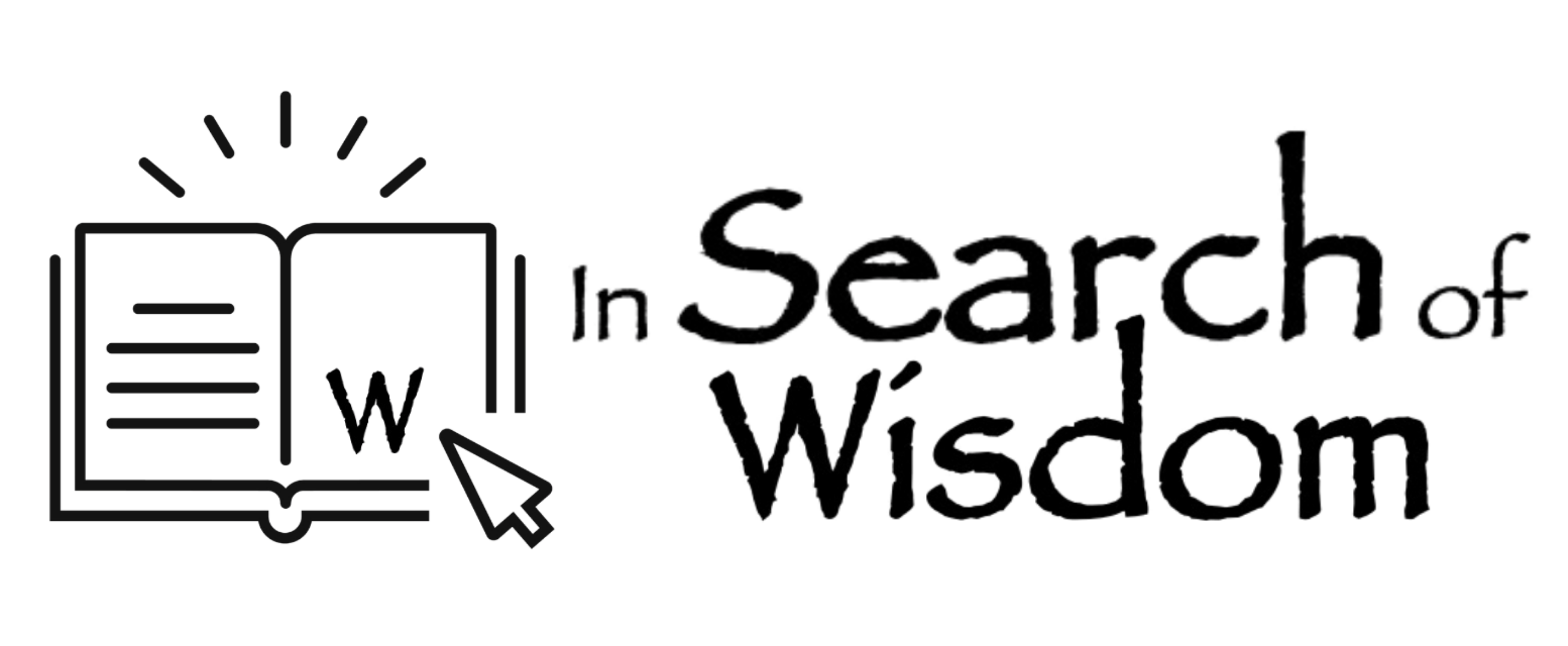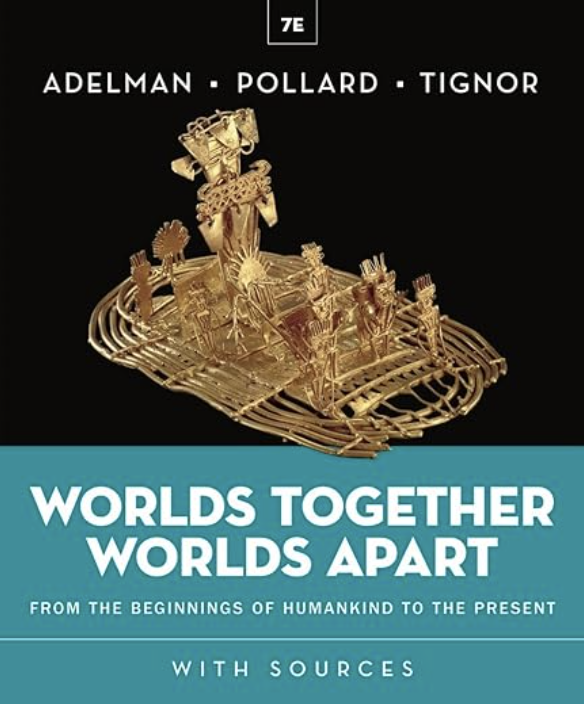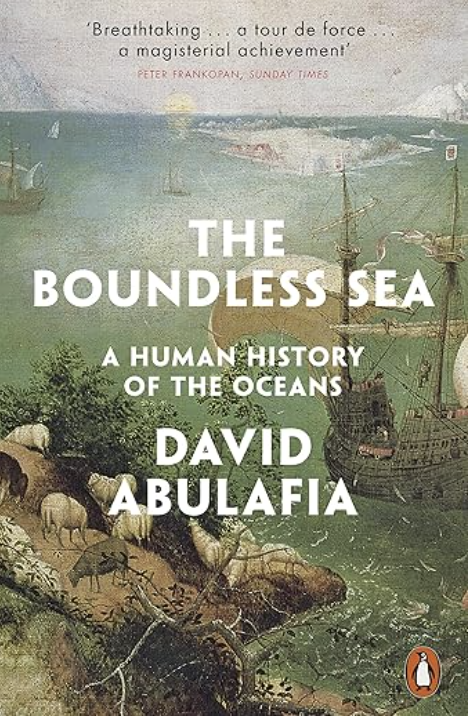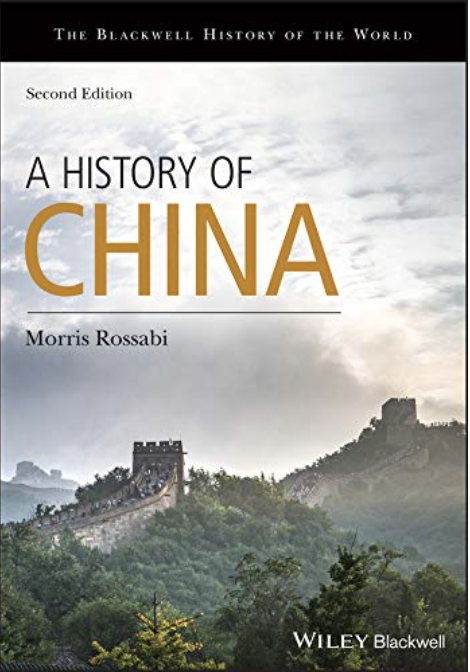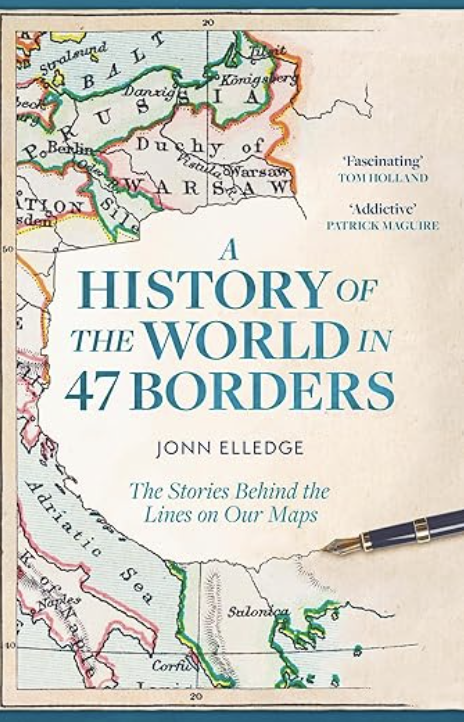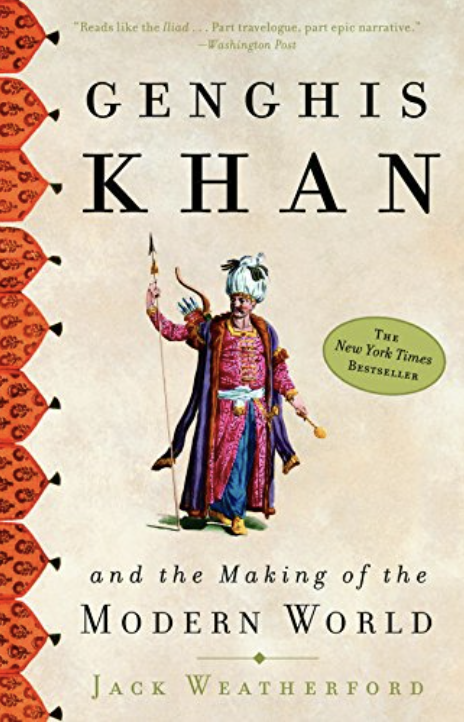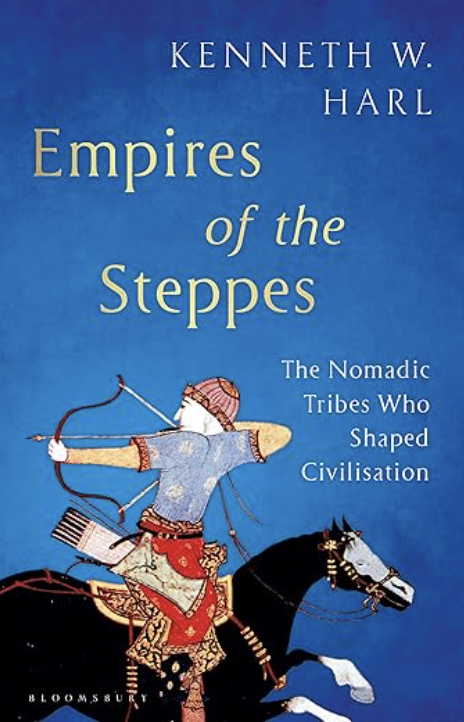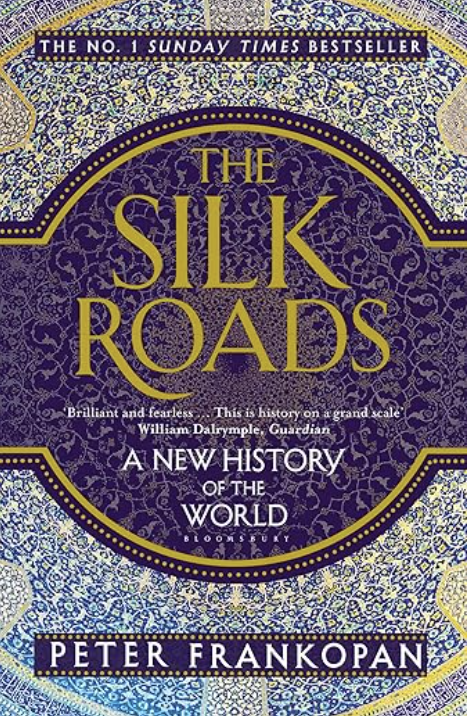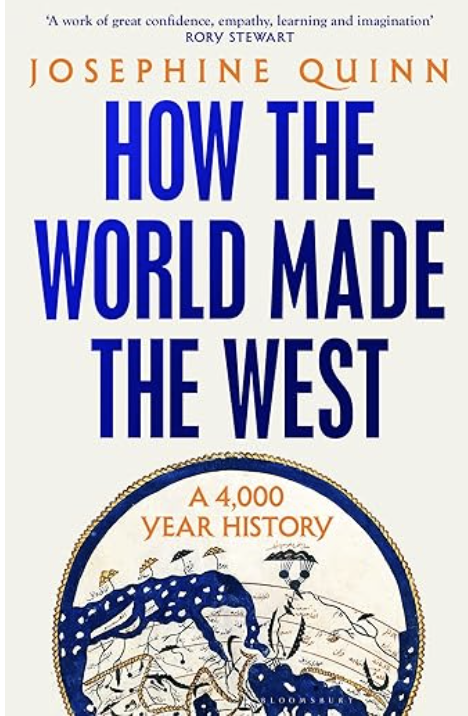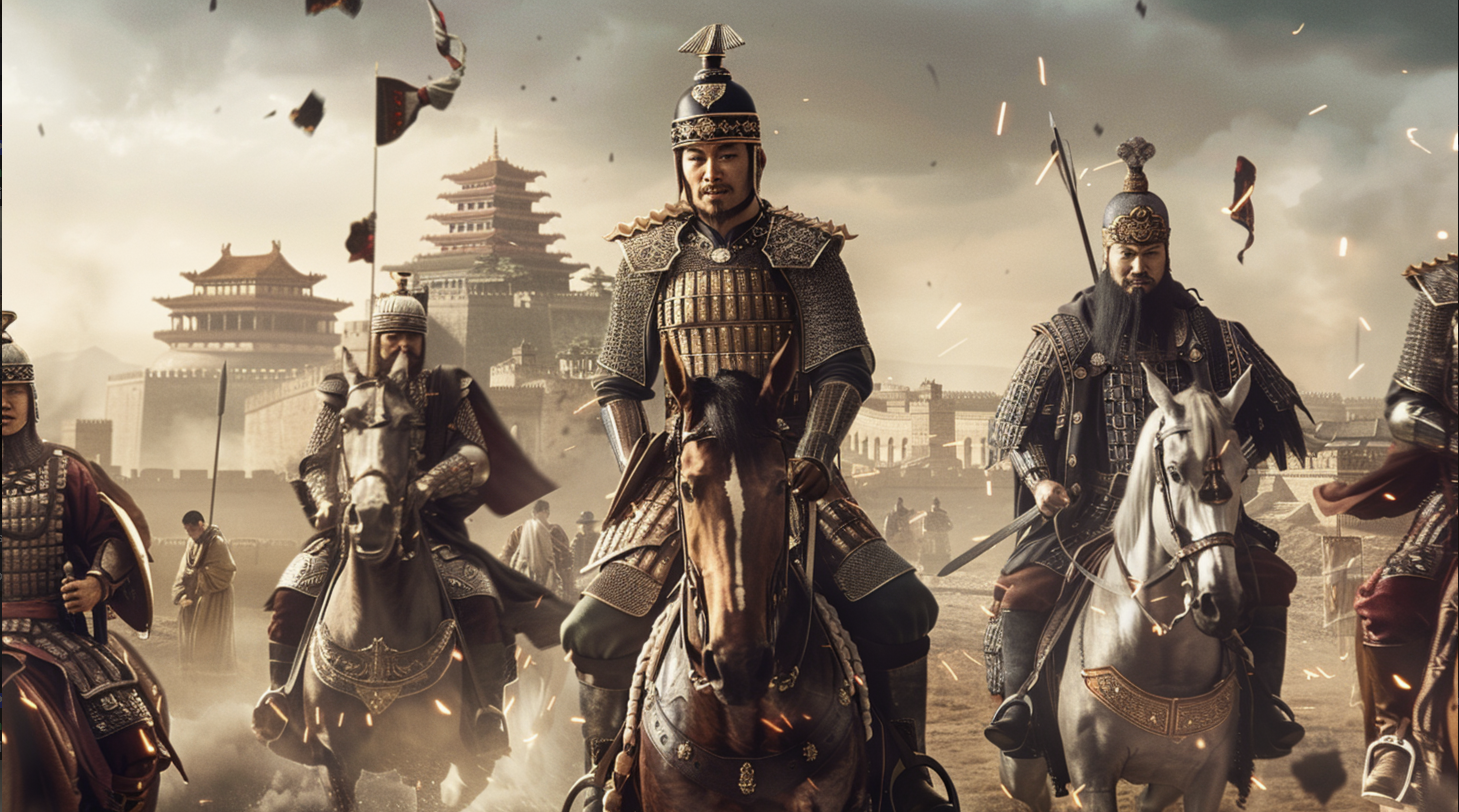
Instructions for Using This Page
Each of the sections of this web page links to a resource that will help to remind you of this module of our Science, Philosophy and Spirituality course. Just click on the section, and you will be linked to the resource.
When you are reading an article from this website online, blocks of text in bold coloured type that make reference to an external source are “clickable”. If you click on them, you will be taken to the resource to which they refer.
Enjoy!
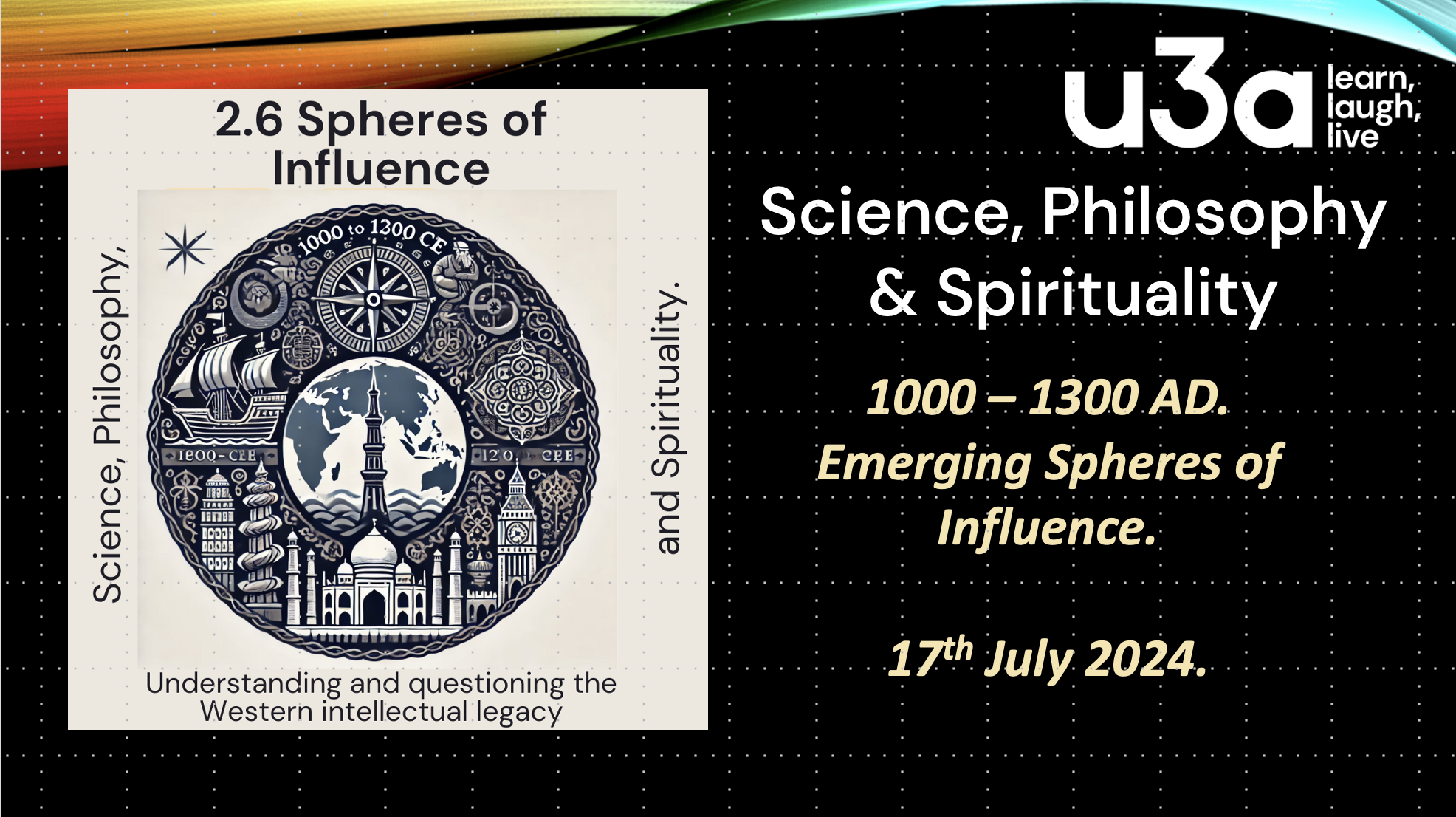
Link to PDF of the slides shown in the session.
The module reviewed the significant changes and innovations in Eurasia between 1000 and 1300 CE, focusing on maritime trade, the Song Dynasty in China, the rise of the Mongol Empire, the cultural mosaic of India, and the evolving landscape of Christian Europe.
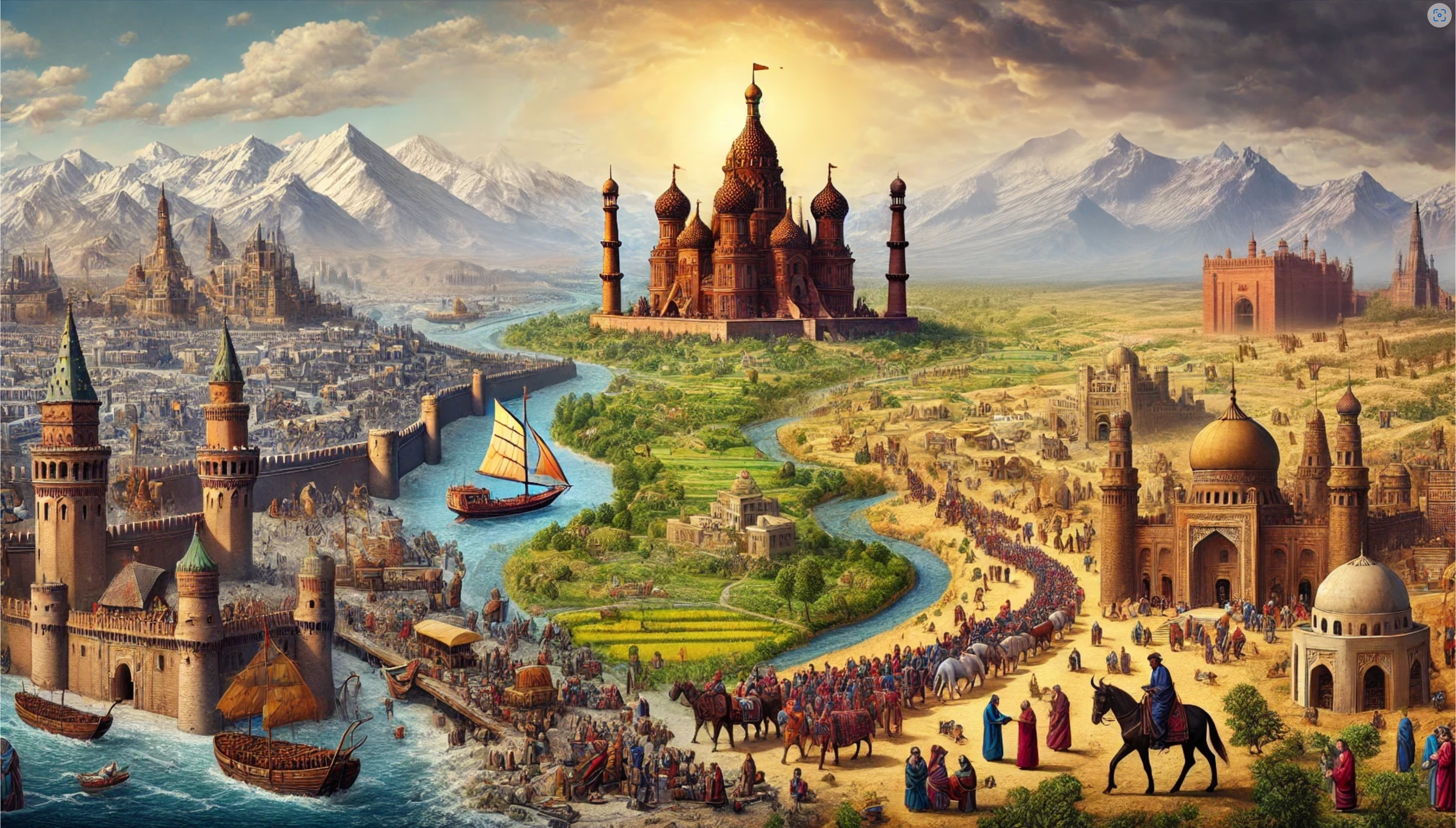
Link to Article: “Spheres of Influence”
An article that accompanies the material shown during this discussion session. The sequence of topics in the article mirrors the slides shown, so it amounts to a commentary on the PowerPoint presentation.
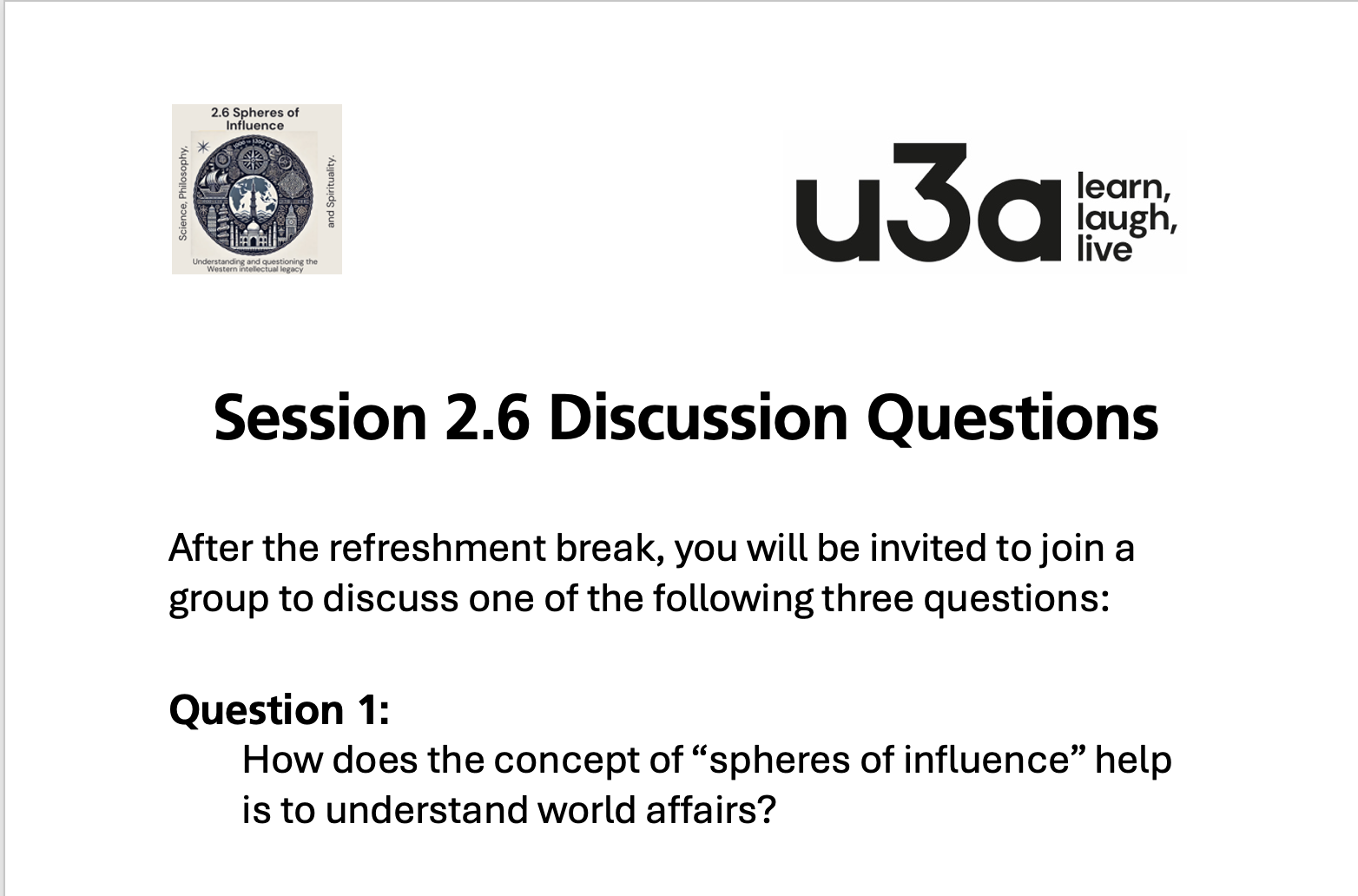
Link to Handout: Discussion questions
Link to a handout that contains the full text of each of the three questions, as well as instructions for the group discussions.
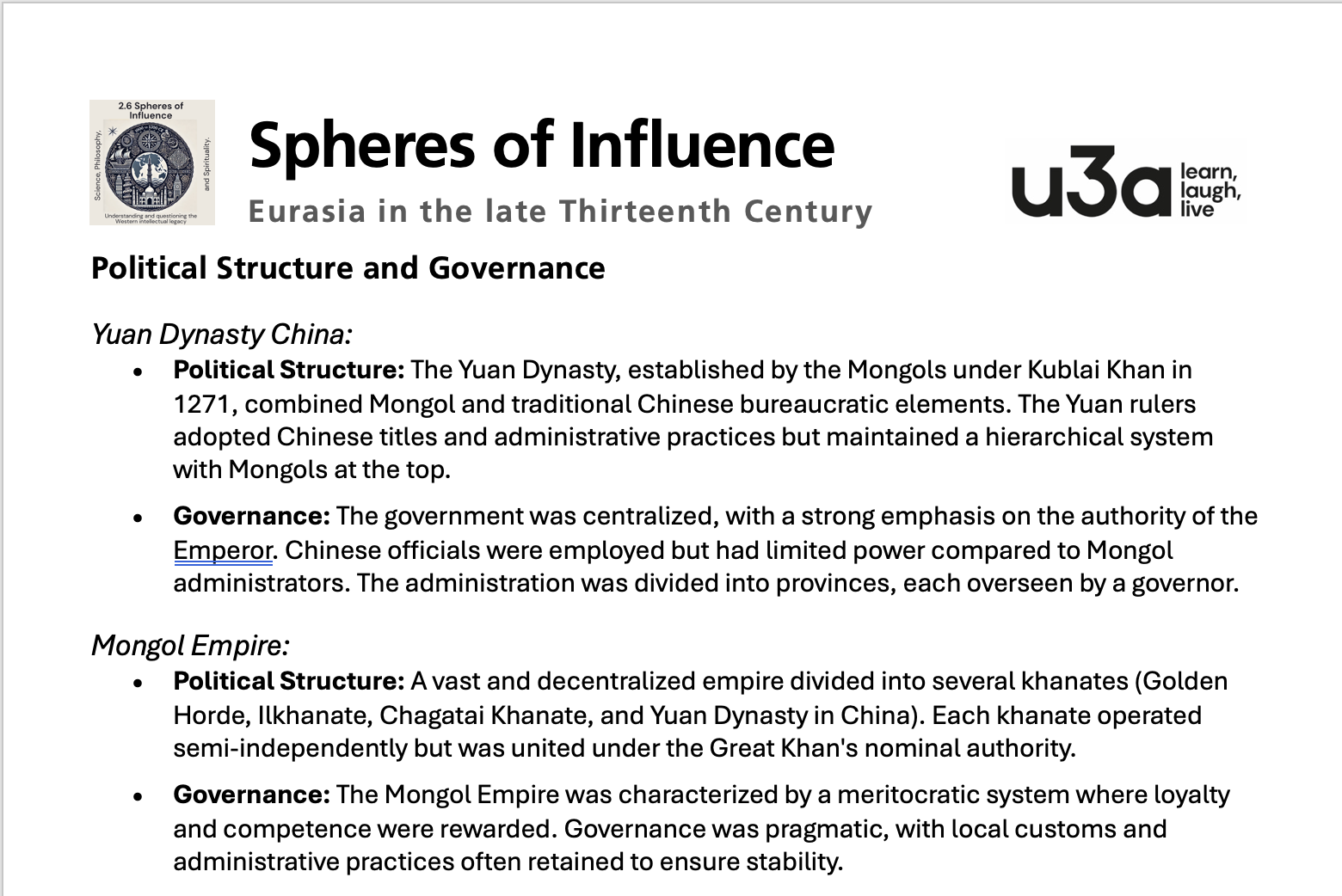
Link to Handout: “Eurasia in 1300”
A comparison between the five spheres of Influence in terms of political structure and governance, stability and peacefulness, economic structure and wealth, and religious practice and philosophy.
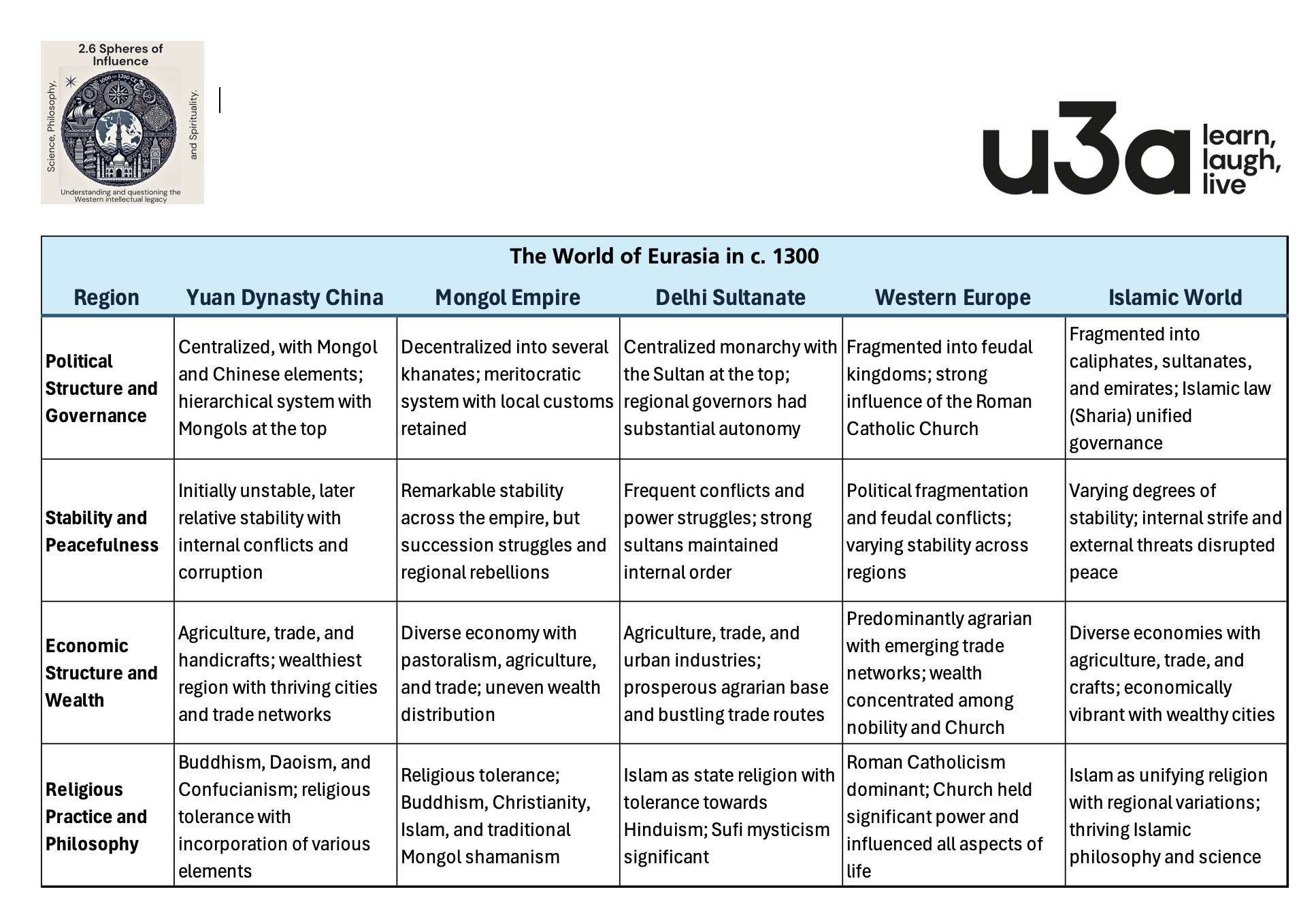
Link to Table: “Eurasia in 1300”
A tabular comparison between the five spheres of Influence in terms of political structure and governance, stability and peacefulness, economic structure and wealth, and religious practice and philosophy.
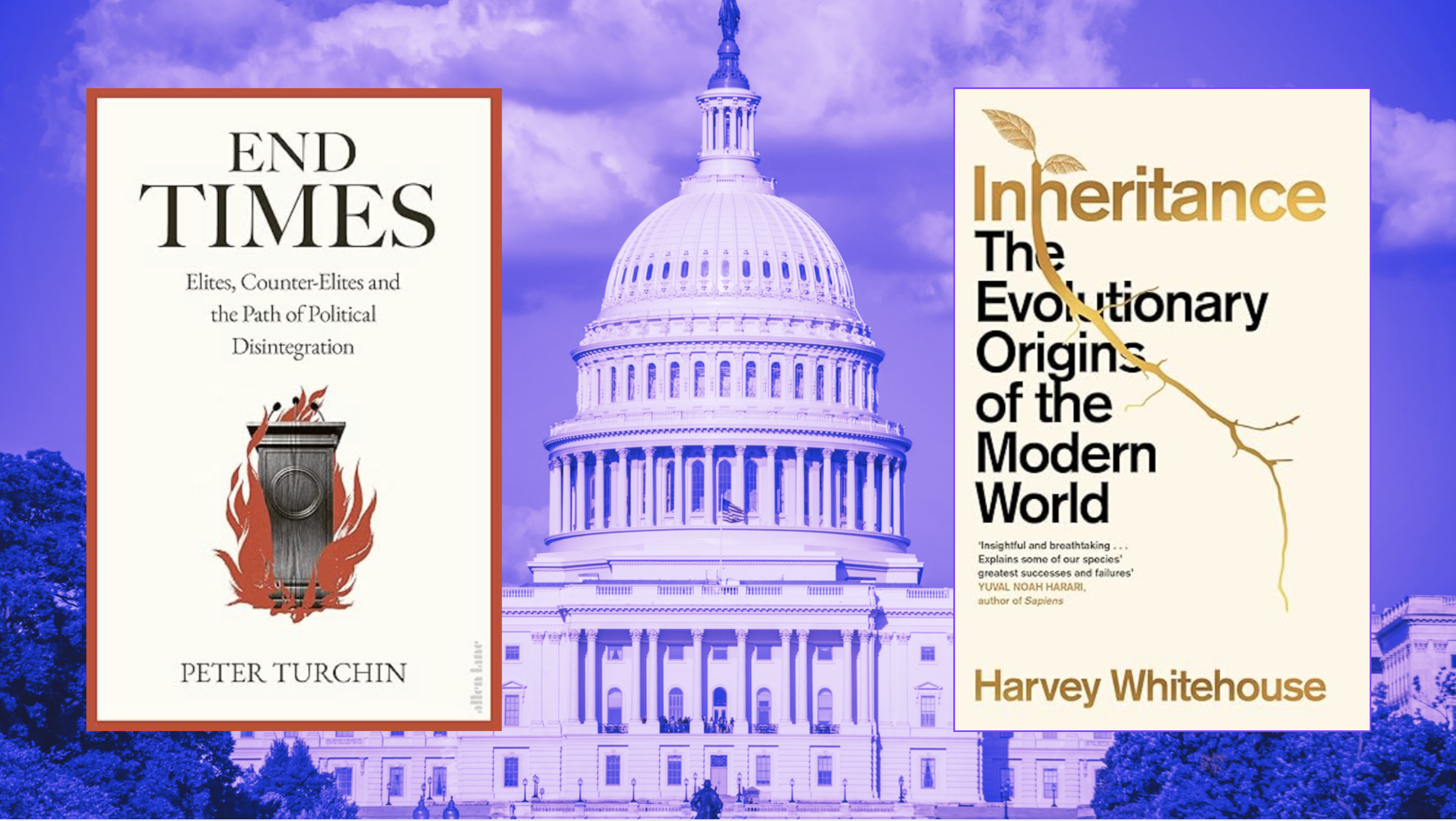
Link to a Comparison of “End Times” with “Inheritance”. Two recent books by founders of the Seshat Global History Databank take different but complementary approaches to human societies’ growth, prosperity and collapse. “End Times” looks at structural factors with the help of mathematical models: “Inheritance” looks at how psychological biases facilitated cooperation and conflict. Between them, these books offer insights that might help us as a species to overcome the challenges facing us, such as environmental degradation and political instability,
Additional Material Relating to Steppe Nomads.
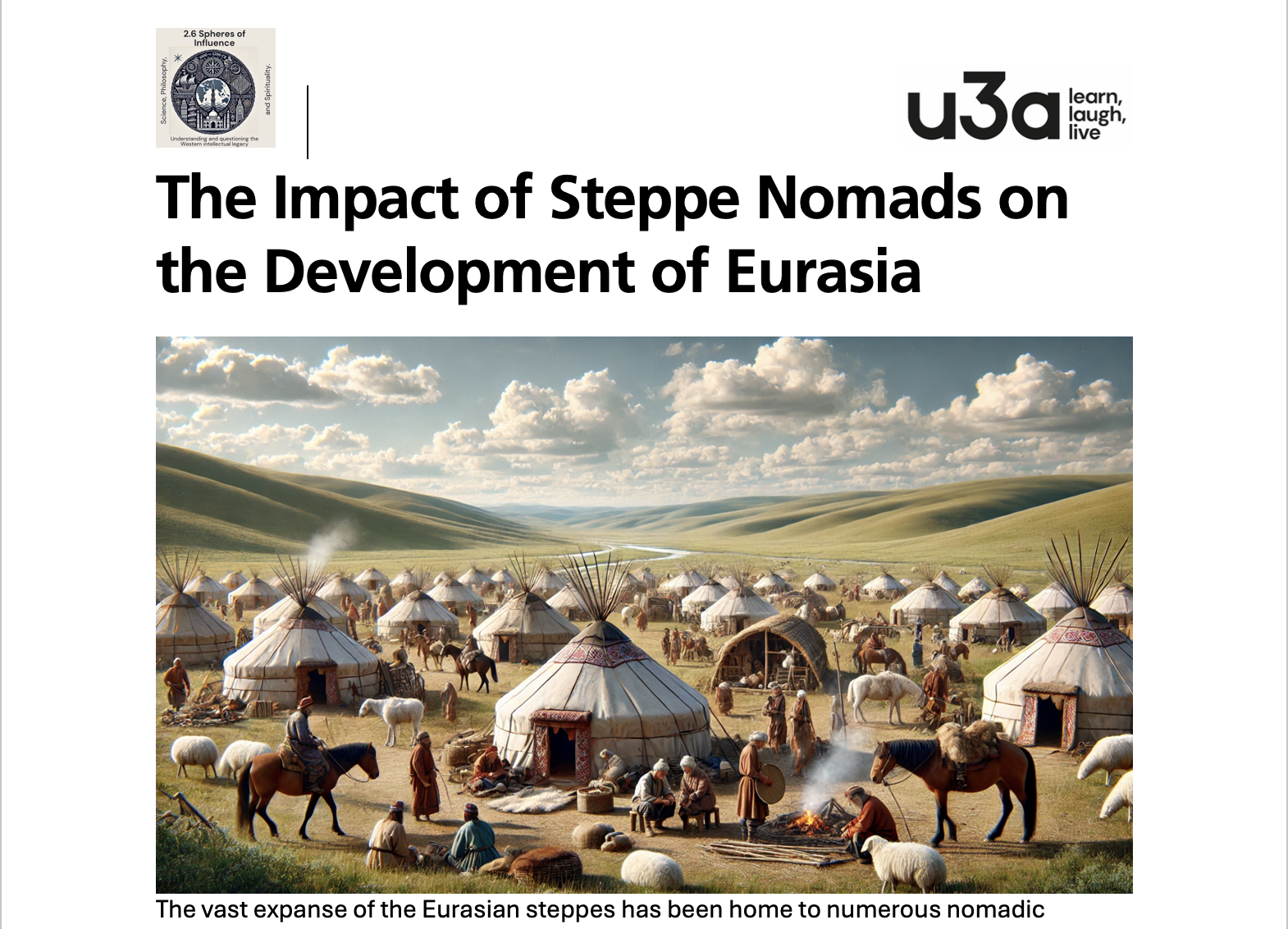
LINK to Article
A summary of the lasting impact of Steppe Nomads on the development of Eurasian civilization.
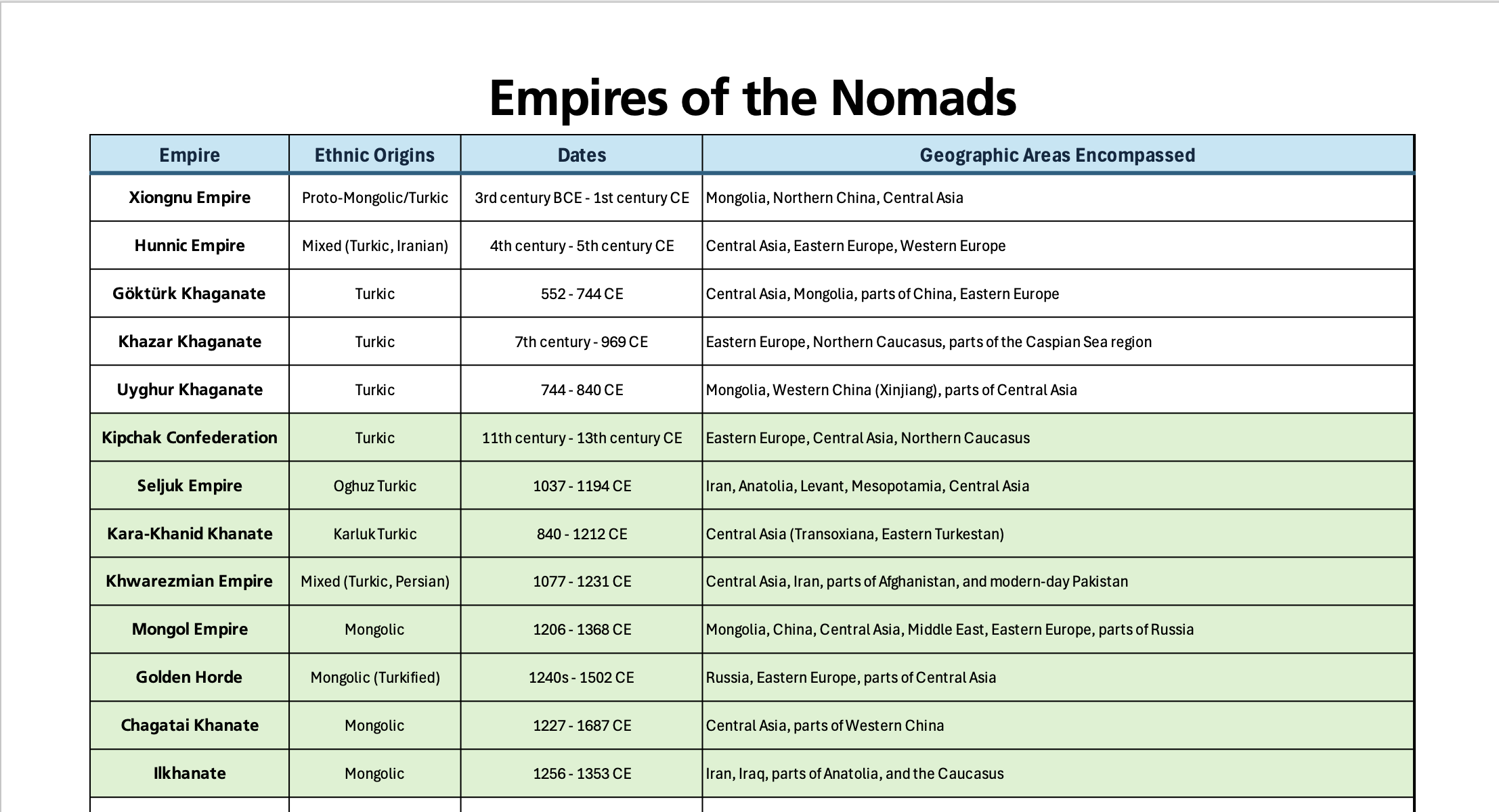
Link to Table and Map
Showing dates and ethnic origins of the major Eurasian Empires established by Steppe Nomads throughout history.
Books that Provided Material for the Session

Link to Course Home Page
Click on this link to return to the Home Page for Season 2 of the Shepway and District u3a Science, Philosophy and Spirituality programme.
